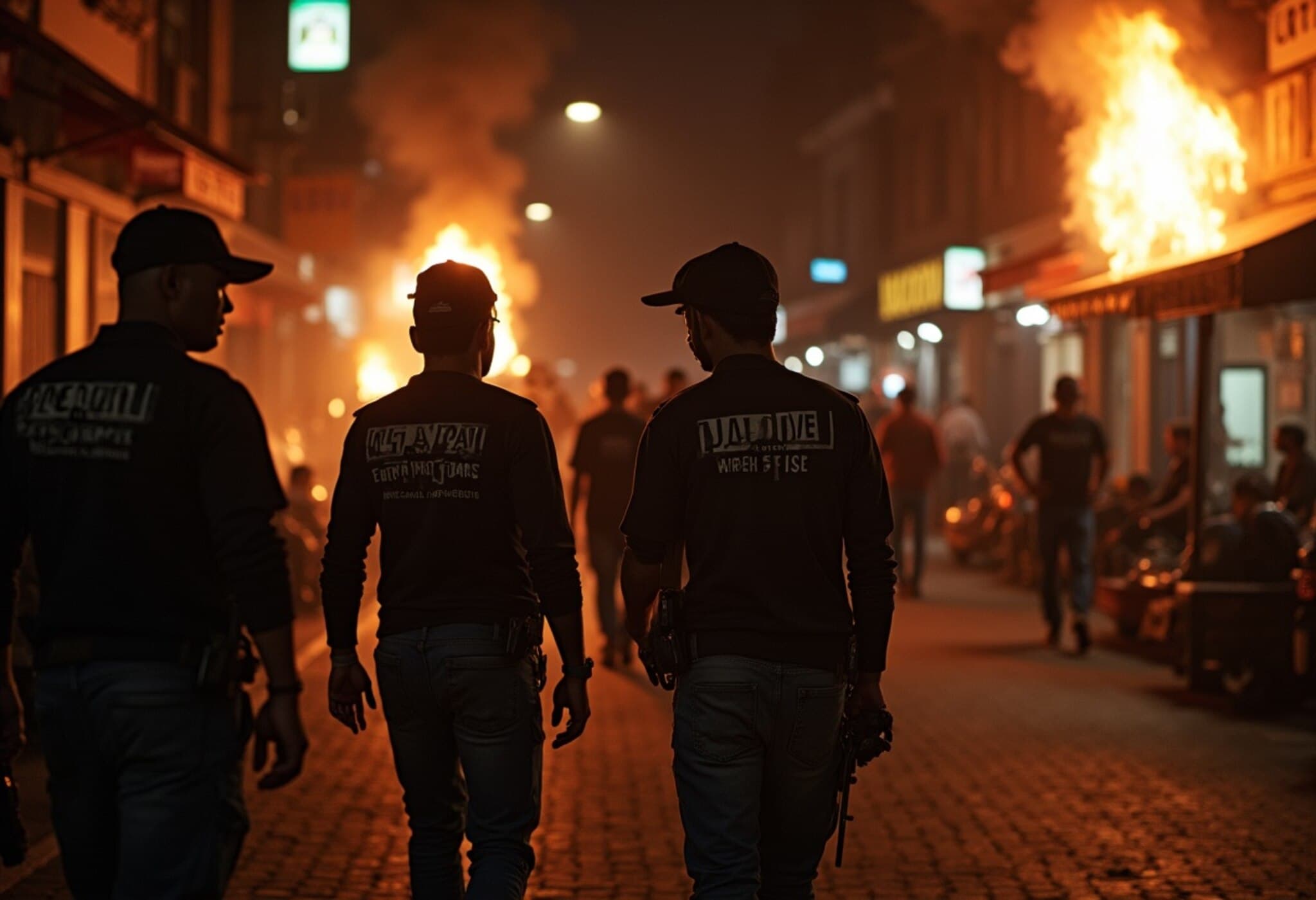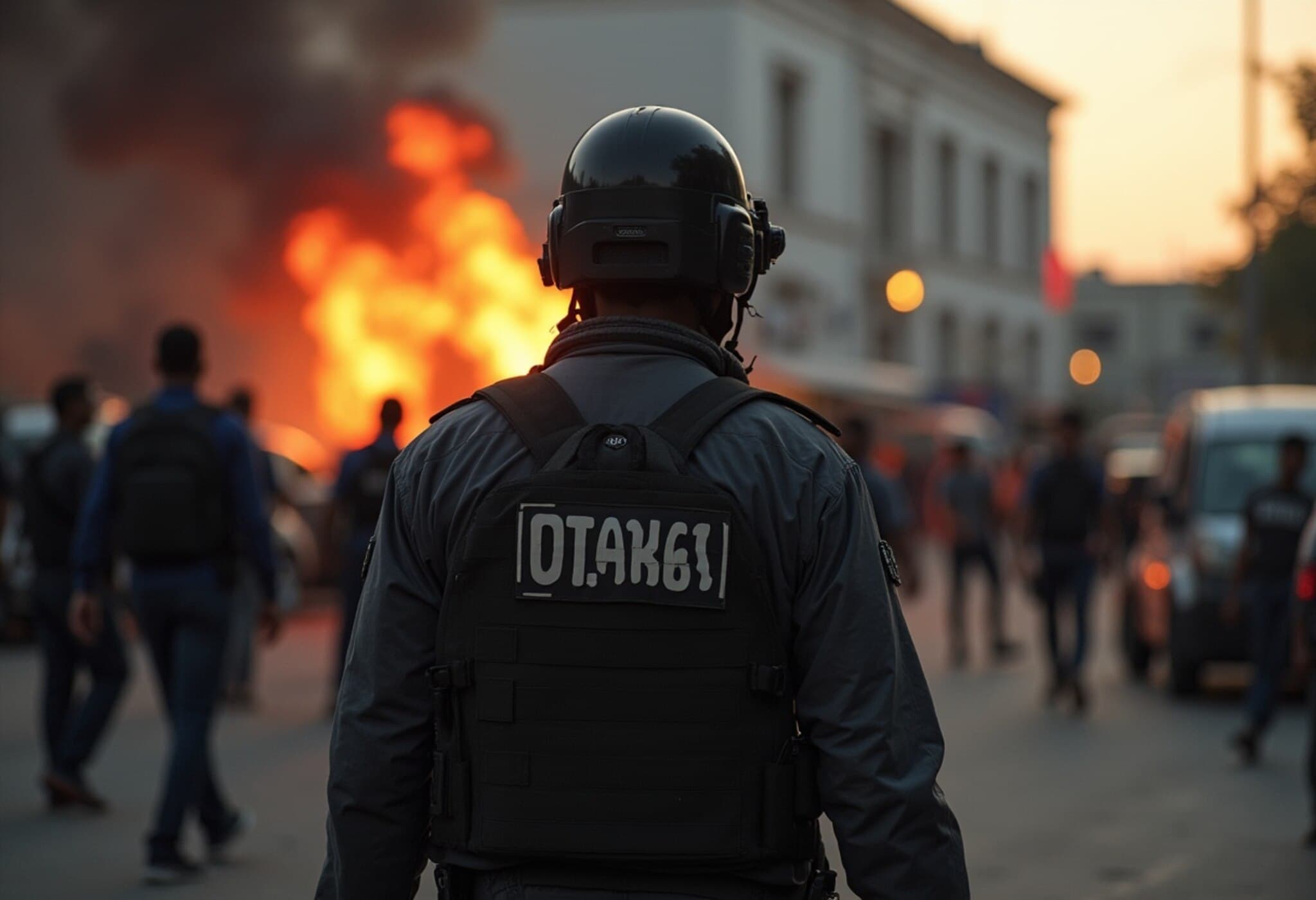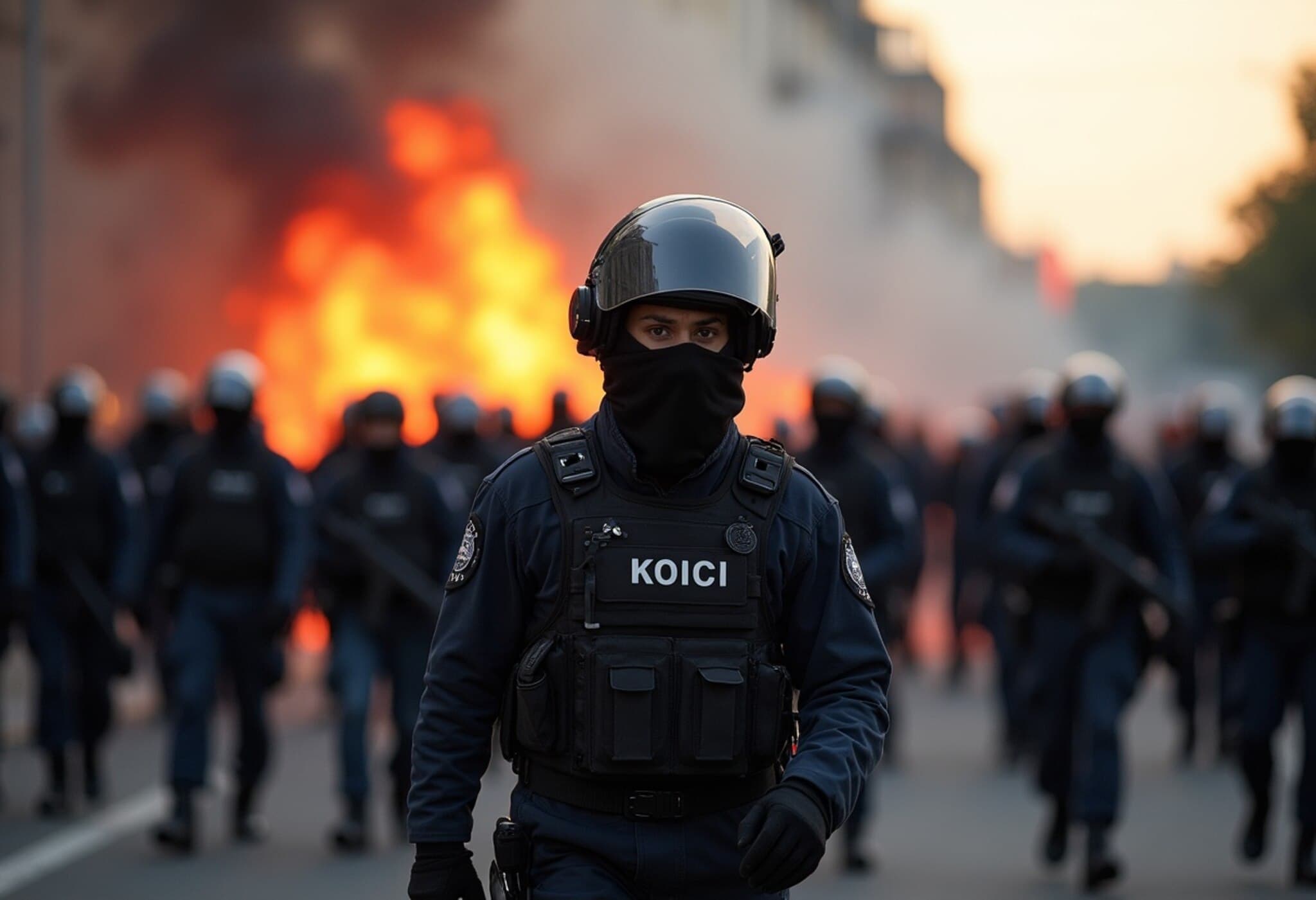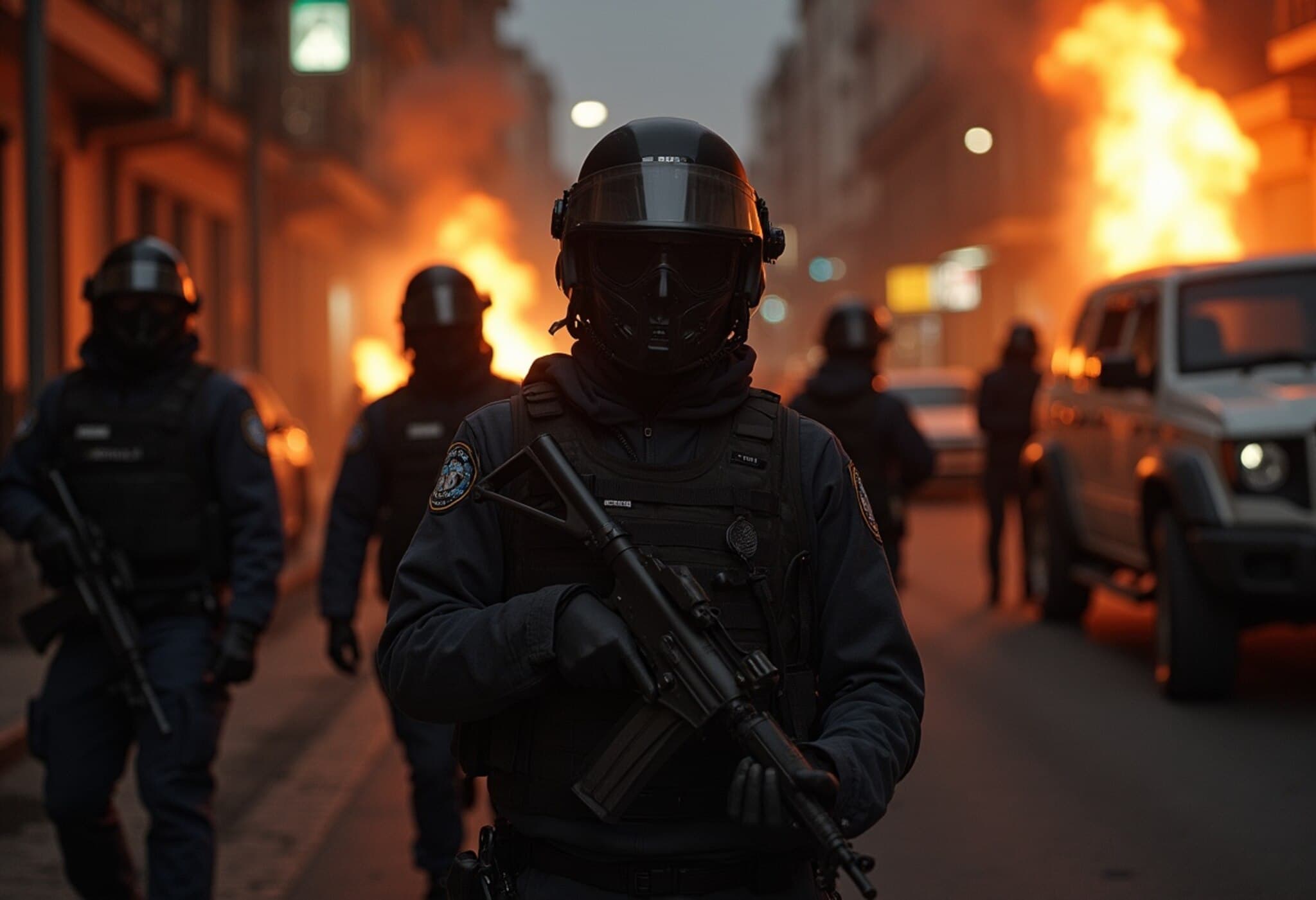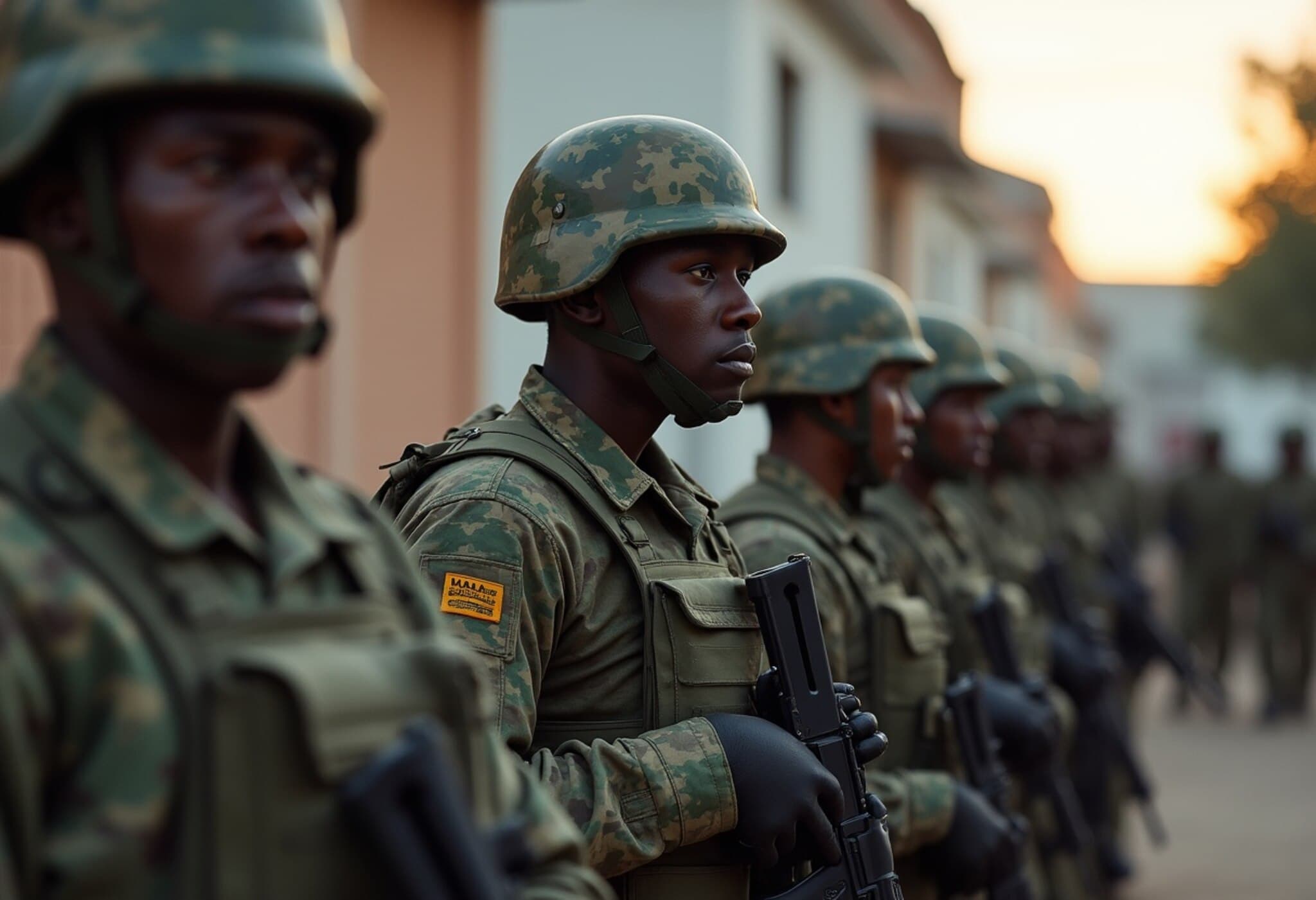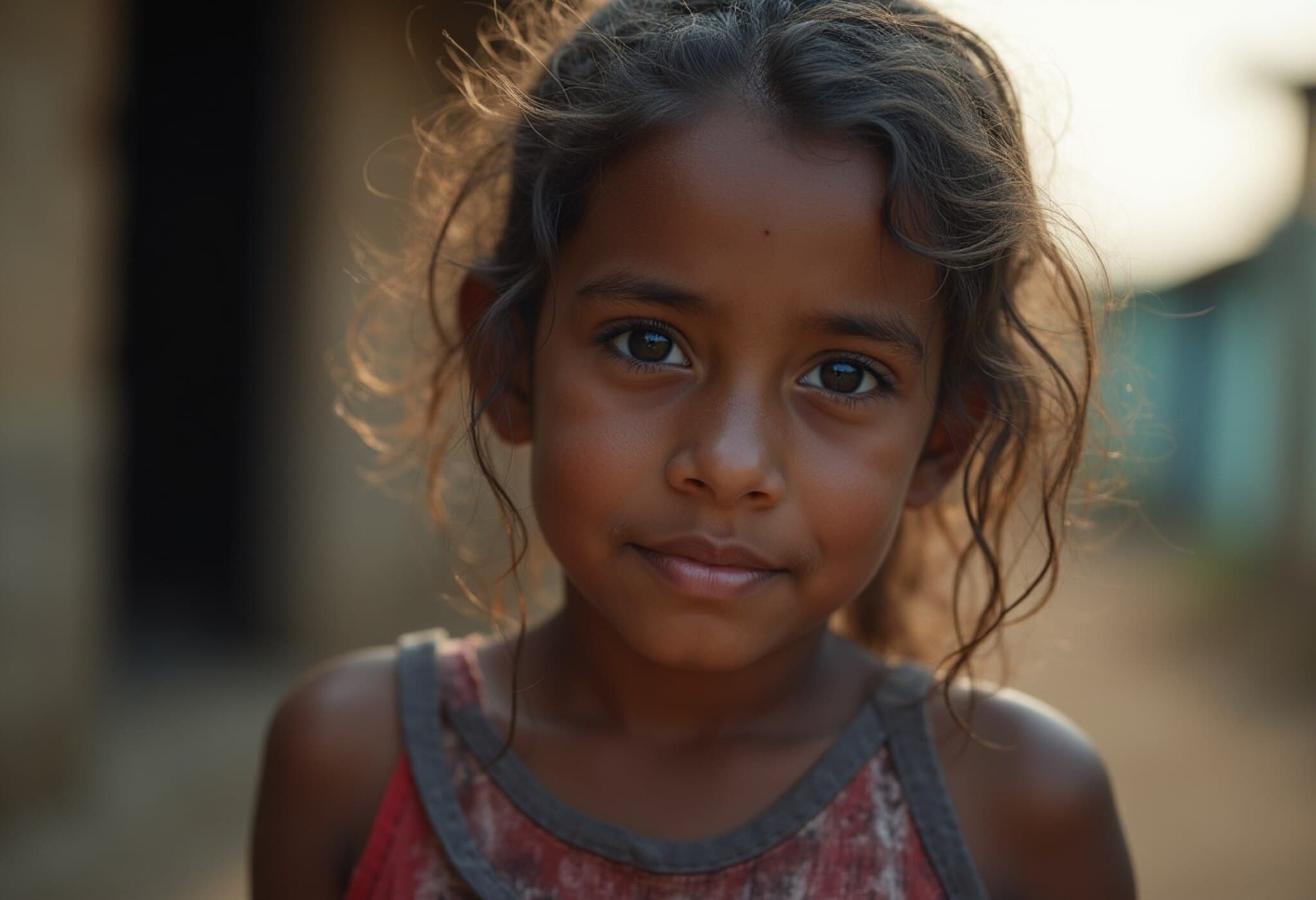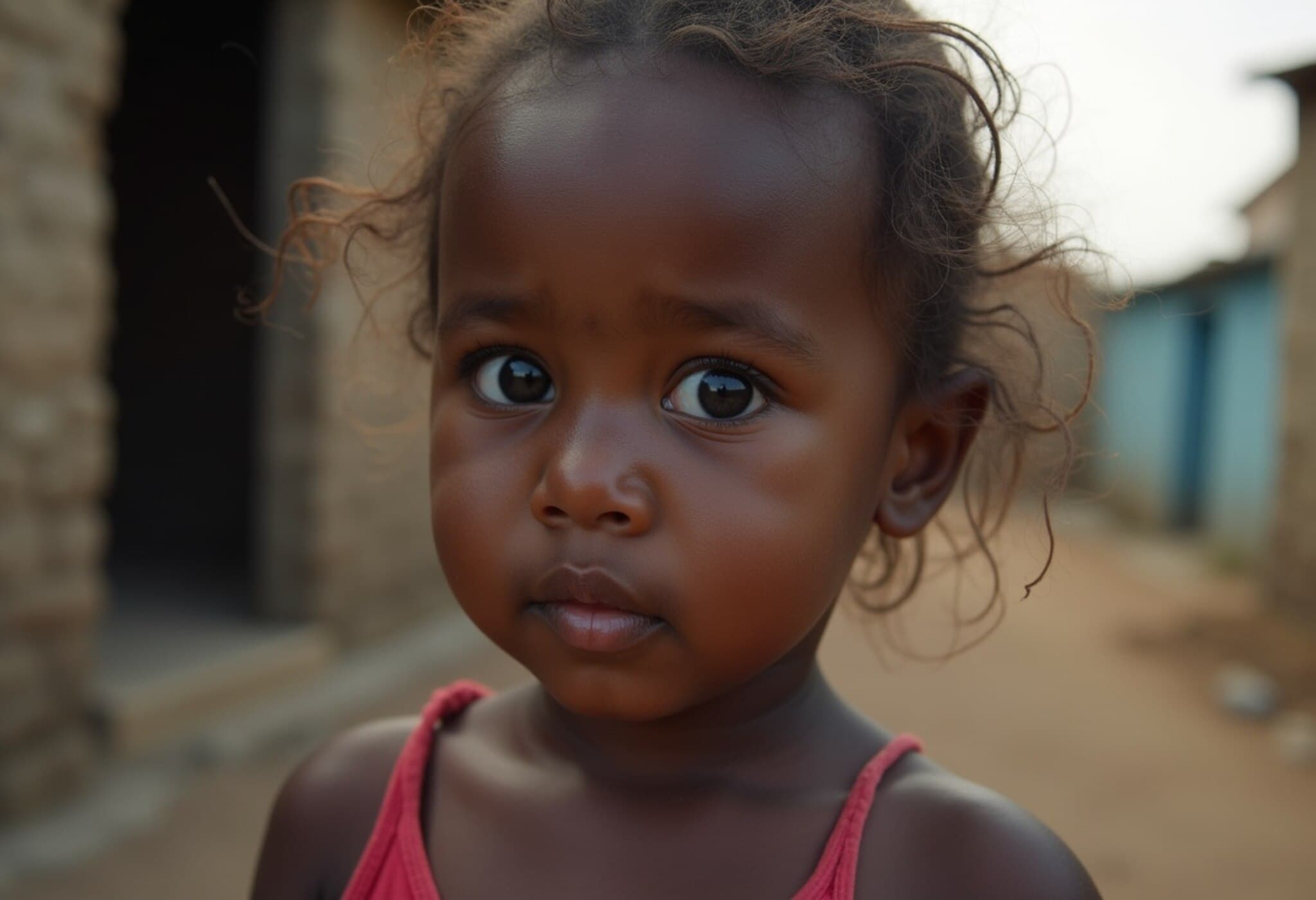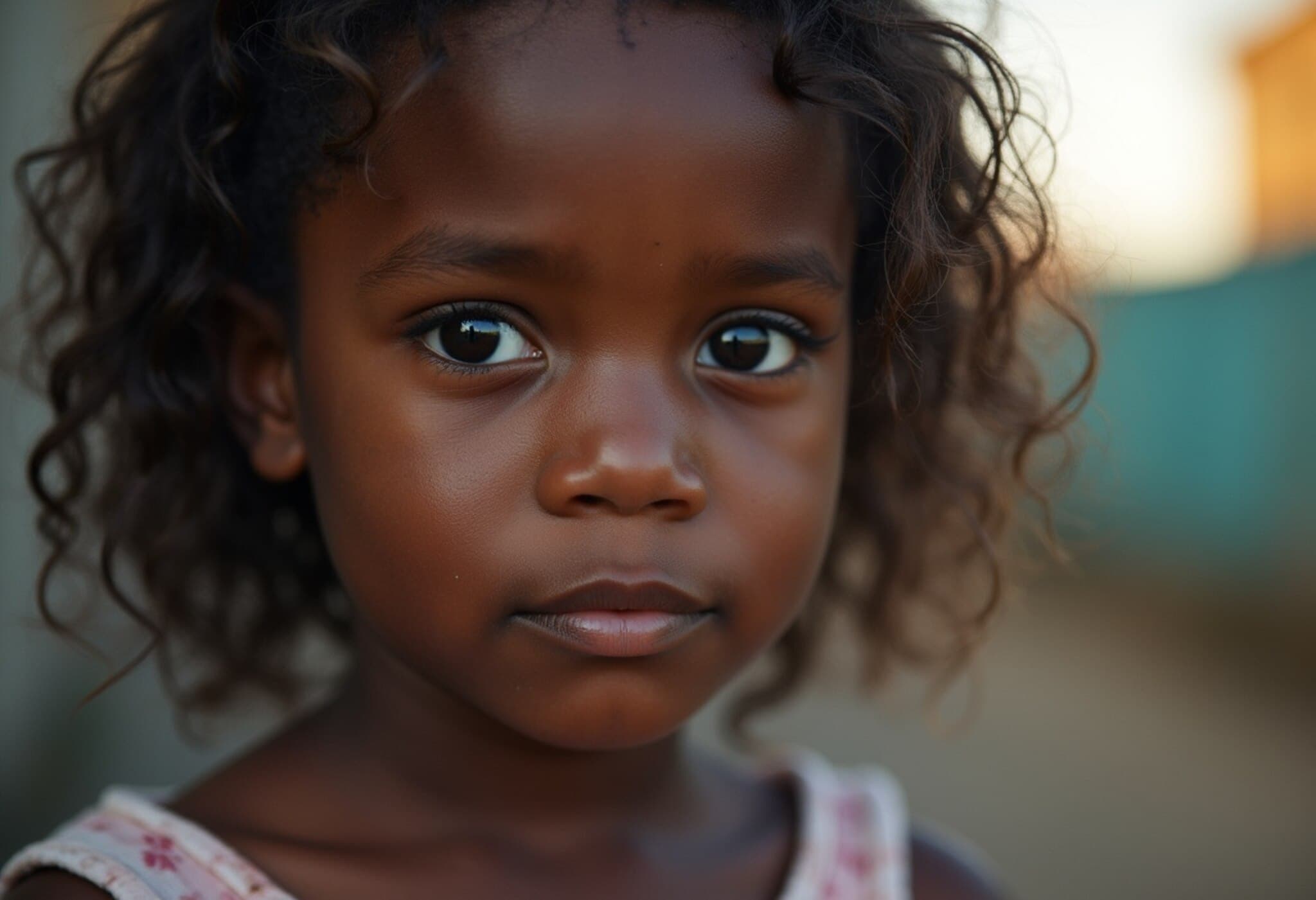Deadly Bar Shooting in Olievenhoutbosch Highlights South Africa's Violence Crisis
In a chilling reminder of South Africa’s ongoing struggle with violent crime, around 10 armed assailants stormed a tavern in Olievenhoutbosch, a township roughly 25 kilometers south of Pretoria, late Friday night. Without uttering a word, the gunmen unleashed indiscriminate gunfire, tragically killing five patrons—three men and two women—and wounding three others. The attackers fled the scene and remain at large as police intensify their manhunt.
Details of the Attack
The incident occurred at about 10:30 p.m. local time, bringing unwelcome focus yet again to the persistent dangers facing many South African communities. Authorities reported that the motive remains unclear, deepening concern about seemingly random acts of brutality fueled by gang activity and firearm accessibility.
Context: A Nation Grappling with Gun Violence and Gang Culture
South Africa consistently ranks among the countries with the highest murder rates globally. Police statistics from 2023 to 2024 reveal over 27,600 homicides, with young black men in urban neighborhoods disproportionately victimized. This latest massacre in Olievenhoutbosch is emblematic of wider challenges — from entrenched gang wars to the proliferation of illegal weapons.
Experts warn that many criminal syndicates are escalating their arsenal with more sophisticated and deadly firearms, exacerbating the threat to public safety. A freshly published national security strategy paints a dire picture, cautioning that without decisive intervention, gangs will continue to claim social spaces and create “no-go” zones. This vacuum often leads communities to take vigilante measures, undermining law enforcement and further destabilizing social order.
Expert Analysis: The Broader Implications
- Gang violence as a social epidemic: Beyond statistics, the attack underscores a deeper social crisis where youth unemployment, poverty, and lack of opportunities fuel crime cycles.
- Firearm regulation challenges: Despite a relatively high number of licensed firearm owners, illegal guns vastly outnumber legal ones, complicating policing efforts.
- Community Impact: Repeated violent episodes erode trust in public safety institutions, leading to fear, social fragmentation, and occasional vigilantism.
Police Response and Public Safety Measures
The South African Police Service has pledged to leave no stone unturned in locating and apprehending those responsible. However, analysts stress that enhanced policing must be paired with community engagement strategies and socio-economic programs aimed at addressing the root causes of crime.
Looking Ahead
This tragic shooting sparks urgent questions about the effectiveness of current crime prevention frameworks. How can South Africa reduce the inflow of illegal weapons? What roles do education, employment, and youth programs play in dismantling gang influence? And crucially, how can law enforcement rebuild trust among communities overwhelmed by violence?
Editor's Note
The Olievenhoutbosch bar shooting is a stark reminder that South Africa’s battle with gang violence and firearm-related crime remains far from over. While immediate law enforcement response is critical, a holistic approach that strengthens community resilience, improves socio-economic conditions, and tightens firearm controls is essential. Readers are encouraged to consider how evolving gang dynamics impact broader societal stability, and what lessons might be drawn to inform policy reforms aimed at lasting peace.

